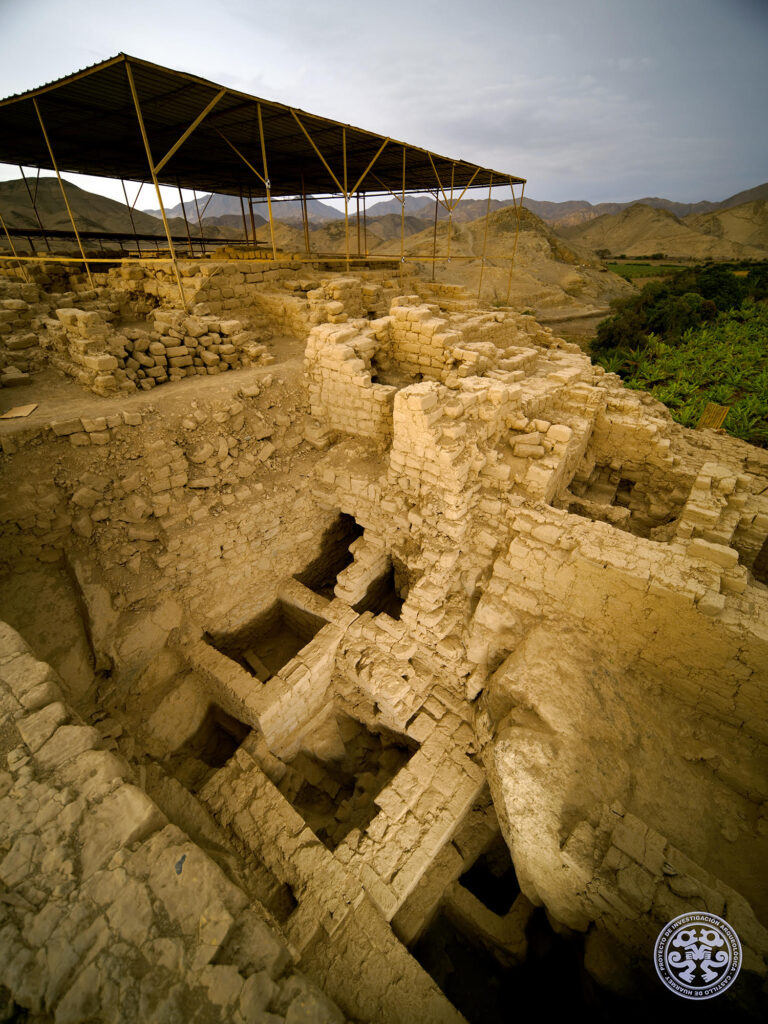During the latest excavations in the necropolis at Castillo de Huarmey, a Polish-Peruvian team of archaeologists led by Professor Miłosz Giersz from the Faculty of Archaeology at the University of Warsaw (UW) discovered another important part of the cemetery, called the Gallery of Elite Artisans.
The necropolis studied by Polish and Peruvian archaeologists served as a burial place for the elite and ancestral cult of the Wari culture community, one of the most important empires of pre-Inca Peru.
The Castillo de Huarmey site is located in the Ancash region on Peru’s northern coast, 1 km from the modern village of Huarmey. Researchers from the University of Warsaw have been conducting research at the site since 2010.
“In the Gallery of Elite Artisans, we discovered for the first-time burials of men of the Wari kingdom’s elite, who were also outstanding artists and craftsmen. This is evidenced by the rich grave gifts and artefacts, including ornaments made of gold and silver. This discovery confirms what we have expected in previous years: both the men and women buried in the Castillo de Huarmey were dedicated to craftsmanship of the highest order and produced the finest products of their era”, explains Professor Miłosz Giersz, head of the Department of Archaeology of the Americas at the Faculty of Archaeology of the UW.
Along with the craftsmen, hundreds of tools and raw materials that served them during their lifetime have been buried including axes, knives, saws and basket-weaving materials. Beautiful wood creations, textiles and fragments of objects with iconographic representations on leather or reeds, in various stages of production, were also deposited around the dead.
According to archaeologists, this confirms that the Castillo de Huarmey did not function merely as a royal tomb, but as a place of ancestor worship, an important administrative centre of the Wari kingdom, and a place to produce elite handicrafts.
Adrian Andrzejewski





